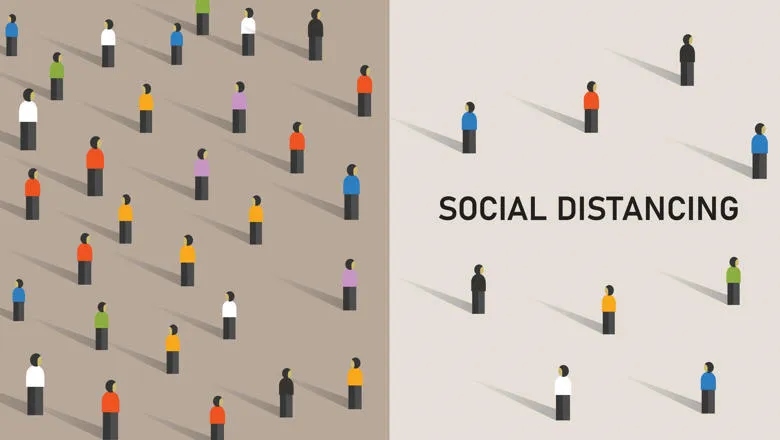16 April 2020
#CORONASPEAK – the language of Covid-19 goes viral
Everyday language and conversation is being transformed by the coronavirus pandemic, reveals leading specialist in contemporary slang, Tony Thorne of King’s College London.

Ordinary people are having to make sense of a new vocabulary for a new reality, with phrases typically employed in sociology and psychology such as social-distancing undergoing shifts in meaning and usage, and medical terms like immunocompromised, intubation and PPE becoming a part of everyday conversation. But in a society in which more than 5 million UK citizens cannot even access the internet, how are we to negotiate this ‘verbal overload’?
Tony Thorne, a Language Consultant in the Modern Language Centre at King’s, says: “’Coronaspeak', the new language of the pandemic, can help the public make sense of the unfolding crisis, but it may also increase levels of stress and confusion if people can't keep up.
“There's an urgent need for those formerly demonised ‘experts’1, linguists included, whose opinions have been marginalised in ‘post-truth’ politics, to get involved.
Just as we had to get used to a language of economics in recession and financial crises, and the bewildering new language of Brexit, now we are having to come to terms with unfamiliar medical and scientific terminology and their implications,” adds Thorne.
In China, the outbreak of COVID-19 led to a whole new specialisation devoted to making language services part of the emergency response to disasters. This research, labelled ‘Emergency Linguistics’, underlines the need for linguists to participate in fighting COVID-19 to prevent and control miscommunication during public emergencies.
“We can see from the Chinese experience that linguists need be involved at all levels,’” says Thorne. “They should be on the front line helping medical staff to interact with patients, families and outside authorities, and also to try to force clarity and honesty from the authorities and help them in communicating vital information.”
In the US and UK, however, the public is taking ownership of the developing ‘national conversation’ and coming up with its own set of colourful and creative expressions to fill the gaps in the official narrative. From covidiot to zoombombing via locktail hour and quarantunes, ordinary people are creatively reflecting their own experiences of life under lockdown.
Thorne is currently collecting #coronaspeak via his website and on Twitter, using the hashtag to highlight its increasing usage in the media. He is compiling glossaries of new terms and commenting on changing usages and their social significance. His glossary includes nicknames, jargon, slang, abbreviations, puns and recent catchphrases and clichés.
Examples include:
Miley Cyrus (UK rhyming slang) – coronavirus
Covidiot – a person behaving irresponsibly in conditions of containment
Morona – a person behaving stupidly because of or during the coronavirus outbreak
Coronalusional – suffering from disordered thinking as a result of or during the COVID-19 crisis
Coronacation – cessation of study or work due to the pandemic, viewed as a holiday
Corona break – a period of confinement envisaged as a short holiday
Drivecation – a holiday, typically in a motorhome, in one’s own driveway
Hamsterkaufing – stockpiling and/or hoarding (adapted from German)
The COVID 19(lbs) (American) – extra body weight accrued during quarantine
You can see his collection of terms and expressions in his latest blog.
